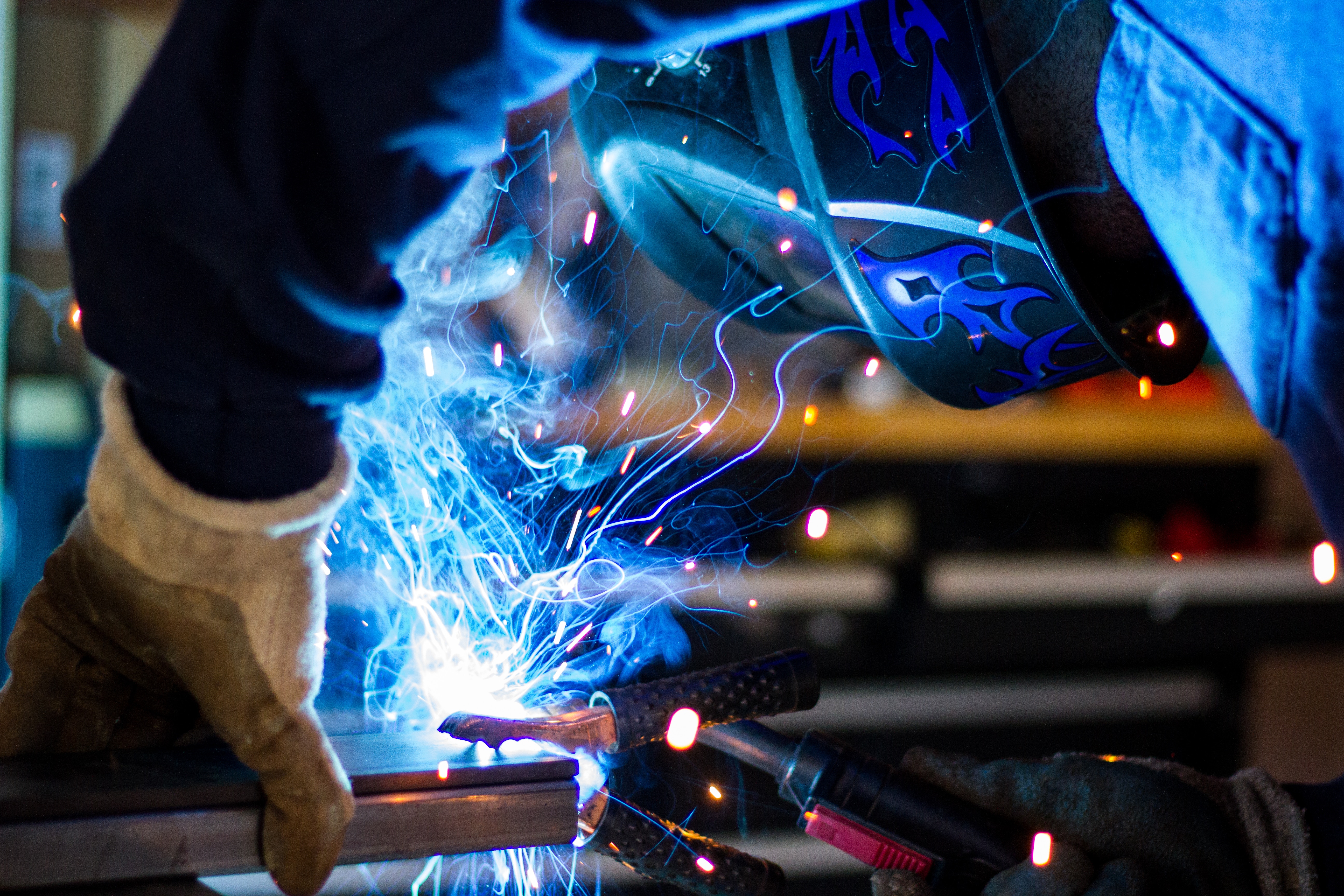Society’s operating system needs an upgrade. The model we have been using is simply not up to the challenges of the Fourth Industrial Revolution.A new era is unfolding at breakneck speed. It has huge potential to address some of the world’s most critical challenges, from food security, to reducing congestion in big cities, to increasing energy efficiency, to accelerating cures to the most intractable diseases. But it also raises a host of social and governance issues that need addressing.
Given the speed and scale of the changes, and the slow pace of processes defining governance models to handle them, present solutions to these questions are being rapidly superseded. We end up operating in the “too late zone”.
We are laying the foundations for a new, global “operating system (OS) to facilitate delineation between the rights and responsibilities of different stakeholders.
This is all part of efforts to ensure this new phase of civilization is human-centric, benefitting not just the privileged few and driven not by the imperatives of technological development, but serving all of society. We must ensure that algorithms driven by vast data harvesting are trustworthy; that artificial intelligence and machine learning are as ethical as they are intelligent; and that data ownership is clear. These questions and many more are coming at us faster than we can formulate answers.
Human-centric use of data
Maximizing the potential of the Fourth Industrial Revolution while minimizing its negative impact requires us to adopt “human-centric design” principles. Using these, we can project the positive or negative impact of specific technologies on society into the future, and work backwards to identify the governance protocols needed to set the right course today.
Data plays a key role: where it comes from, who owns it, what you can do with it, and who takes the rewards.
This requires a layered approach to governance:
Layer 1: The blockchain – the foundation
Blockchain’s peer-to-peer security architecture, transparency and rapidly evolving features such as smart contracts and tokens make it an ideal platform to build a system of accurate, human-centric protocols.
Layer 2: The Internet of Things – where does the data come from?
There are already more connected IoT devices than people. By 2020, more than 20 billion IoT devices are anticipated. This represents a massive opportunity to collect and use data to solve our most intractable problems. But to protect ourselves from potential data misuse, and to provide the foundation for a healthy, secure and equitable data economy, three crucial IoT protocols are required:
- Authentication
There must be a way for the OS to ensure data comes from trusted sources, otherwise data-derived algorithms may be skewed by “fake data” being pumped into the system. This authentication must be highly secure, cross-industry and not under any single governmental control: a perfect opportunity to use blockchain.
- Ethics Switch
What happens if a data-derived algorithm asks a car or bus to drive into a crowd of people? Or a transformer to cut off power to the population? Or a high-speed train to accelerate near the train station and crash? A medical device to stop functioning and kill its host? A drone to fly into electric transmission lines? At the moment, we have no methods for knowing what these data-derived algorithms are, nor means for influencing their design principles.
So how do we prevent them from harming society? Human-centric values must be embedded in the OS in such a way that it can apply them to the myriad practical situations confronting it every day. The Ethics Switch in the OS must allow for ethical rules to be deployed based on the legal framework of the relevant jurisdiction (city, state, nation, region).
These rules, as defined by the jurisdictions, could be designed using blockchain smart contracts to ensure that no-one can tamper with them, and that they can be downloaded and updated using the next protocol. Ideally these ethics rules should be universally agreed on. But there is a need for urgent action. The Ethics Switch framework could be used subsequently, once these universal rules are defined and updated.
- Over the Air (OTA) upgrade
If devices are hacked or legal frameworks change, their software and security needs to be upgradeable without the need for physical replacement, hence the need for OTA upgrades much like those currently in use on smart phones.
With these protocols in place, we can ensure that the data are coming from trusted sources, and we can allow for the combination of vast sums of data across different domains to “de-bias” data sets, resulting in better algorithms.
Layer 3: Data ownership – who owns it, what can be done with it, and who gets the rewards?
A key concern for governments and citizens is data privacy. In the absence of any other means of control, governments tend to prohibit the movement of data outside borders, or they apply the laws of the jurisdiction in which the data is collected if it is taken across national borders. While this may reduce misuse of data, it also obstructs us combining global data sets to accelerate innovation in critical areas such as agriculture, the environment, traffic, energy and health. It also prevents multinational companies from combining data sets to support their global operations.
A decoupled architecture would address concerns while maximizing potential. It would consist of the following aspects:
- Ownership
The relevant agency will need to be able to determine the rightful owner of the data (person, farmer, corporation, state etc.).
- Right to use
The owner of the data will need to be able to specify the purpose and duration it can be used for (using, for instance, blockchain smart contracts). These contracts would be attached to the datasets, and would act as gatekeepers when the data are being accessed to ensure permitted use.
- Rewards
The owner will determine if there needs to be any compensation for the right to use. Such a reward system could be based on blockchain tokens issued by public or private sector organizations, much like the loyalty programs that are in common use today.
For example, this would allow me, as a user, to specify that my genetic data can be used for cancer research for two years without any compensation. But if a drug manufacturer wants to access it, I could limit that use to six months and ask for compensation in the form of, say, tokens issued by the pharmaceutical company. When the terms of the smart contract expire, data access is automatically removed by the OS.
How would one value the tokens? In the same way that a cup of coffee or carbon emissions are valued, that is through “token exchanges” to be set up at the national, regional or perhaps global level, as we have done with commodity exchanges.
The rapidly emerging “edge computing” architecture, featuring smarter devices with larger data storage capacities and longer battery lives, would provide computing architecture for these vast sums of data. They would be stored closer to the “point of collection” and made available, subject to the protocols above, near the “moment of consumption”.
This protocol would also allow for flexible and secure use of data in emergencies such as wars or natural disasters, which would be regulated by international agencies. The owner of a satellite network would then be able to share their data in such cases, knowing that it would not be used outside permitted use.
Layer 4: Cross-border data flows
To fulfil the global potential of these protocols, this new operating system architecture requires interoperable – though not necessarily identical – cross-border data flow protocols across countries and regions.
For example, the CEO of a start-up operating in the “precision agriculture” space told me that in an African country, they were instrumenting the agriculture fields to dramatically increase (double and triple) the yield. But to do so, they needed to combine data from that country with other countries’ data, to avoid a biased data set. This was complicated by existing data protection protocols, as the data was not allowed to be taken out of the country.
Source: weforum.org
Tags:industrial




